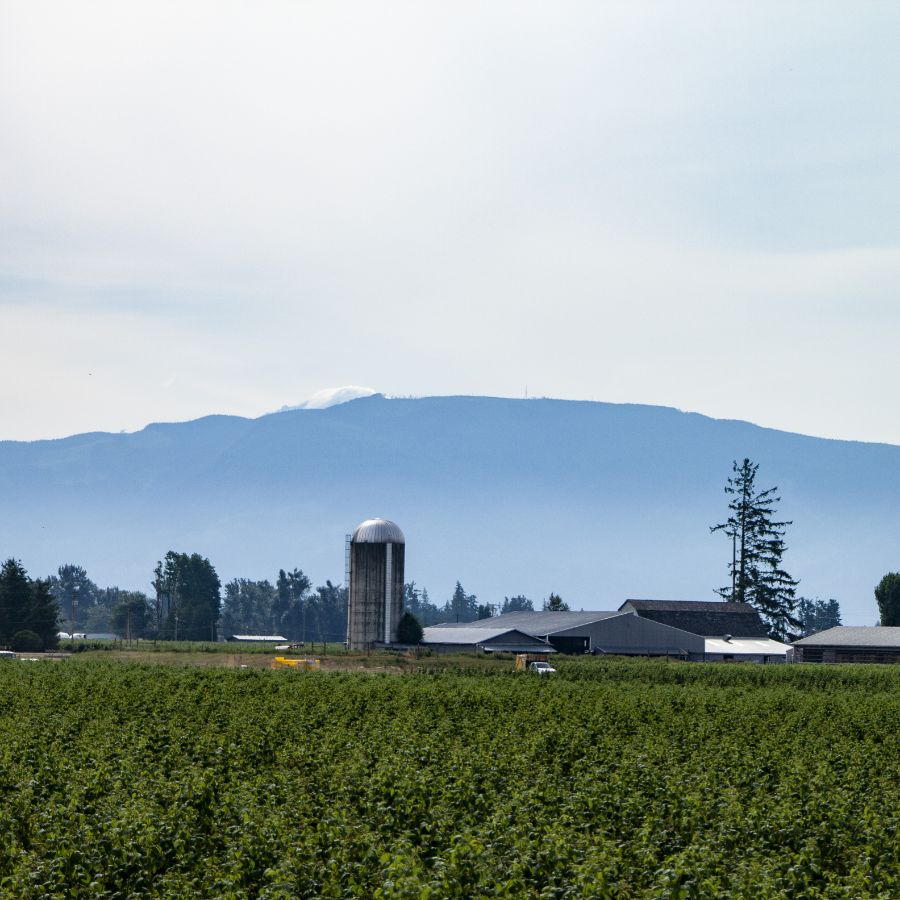
Raspberries 101
The raspberry plant (rubus idaeus) is a member of the rose family, which also includes apples, pears, almonds, peaches, plums, apricots, cherries, strawberries, blackberries, and of course, roses.
While berry is in the name, raspberries are actually caneberries and are not true berries. Botanically speaking, berries are fruits that come from a single ovary. Raspberries are an aggregate, coming from a single flower with anywhere from 50 to 150 ovaries, each making a separate small drupelet. These drupelets are clustered together, each with its own seed, to form a raspberry.

Raspberries are a favorite among kids and adults alike–and for good reason!
Not only do raspberries offer the perfect sweet-tart flavor balance but they also deliver nutrients and health benefits naturally. They are low in natural sugar and an excellent source of vitamin C and fiber. Visit our Raspberry Nutrition page for more on the amazing health benefits of raspberries.
Raspberry Fun Facts
1
A single raspberry is made of many little fruits, or drupelets, clustered together to form a raspberry. The average raspberry has about 100 drupelets, each with its own seed.
2
There are over 200 varieties of raspberries.
3
Raspberries contain 6 grams of fiber per cup, or 21% of your daily value.
4
Raspberries are also high in vitamin C, providing 25mg or 28% of your daily value per cup.
5
Raspberries do not continue to ripen after being picked. That’s why Washington red raspberries are picked at the peak of ripeness and frozen within hours to lock in flavor and nutritional value.
6
Raspberries have one of the highest respiration rates of any fruit, making it the most delicate berry. Respiration is the natural process in which fruits and vegetables use their own stored nutrients to maintain cellular function, keeping themselves alive.

The History of Raspberries
The red raspberry is indigenous to Asia Minor and North America. Fruits were gathered from the wild by the people of Troy in the foothills of Mt. Ida around the time of Christ. Records of domestication were found in fourth-century writings of Palladius, a Roman agriculturist, and seeds have been discovered at Roman forts in Britain. Therefore, the Romans are thought to have spread cultivation throughout Europe.
In Medieval Europe, wild berries were considered both medicinal and utilitarian. Their juices were used in paintings and illuminated manuscripts. During this period, only the rich partook of their tasty bounty. King Edward I (1272 – 1307) is recognized as the first person to call for the cultivation of berries, and by the 17th century, British gardens were rich with berries and berry bushes. By the 18th century, berry cultivation practices had spread throughout Europe.
When European settlers came to America, they found Native Americans already utilizing and eating berries. Due to the nomadic nature of this culture, berries were dried for preservation and ease of transportation. Settlers also brought cultivated raspberries that were native to Europe with them to the new colonies. The first commercial nursery plants were sold by William Price in 1771.
In 1761, George Washington moved to his estate in Mount Vernon where he began to cultivate berries in his extensive gardens. By 1867, over 40 different varieties were known. After the Civil War, major production areas emerged in the regions of New York, Michigan, Oregon, Washington, Pennsylvania, Ohio, Illinois and Indiana. By 1880, approximately 2,000 acres were in cultivation.

